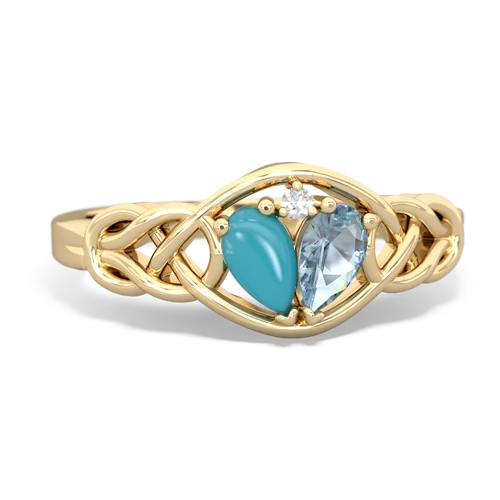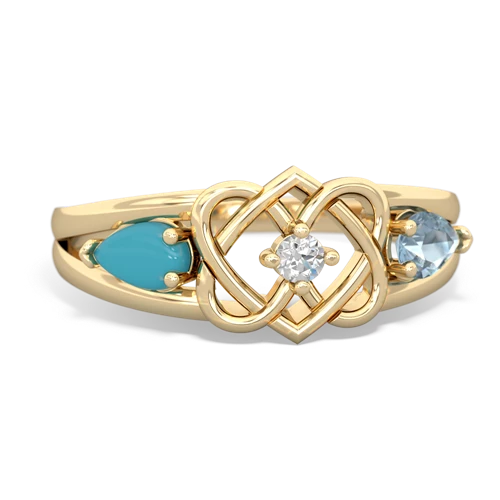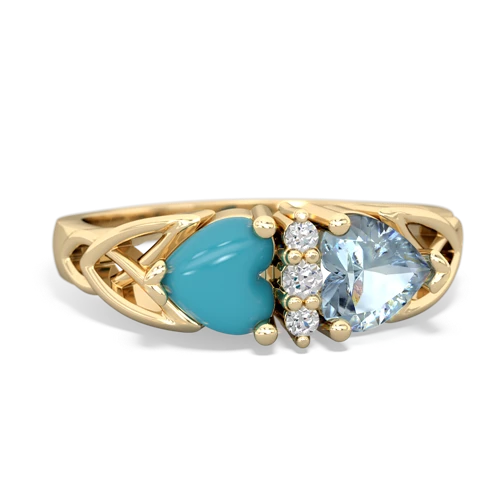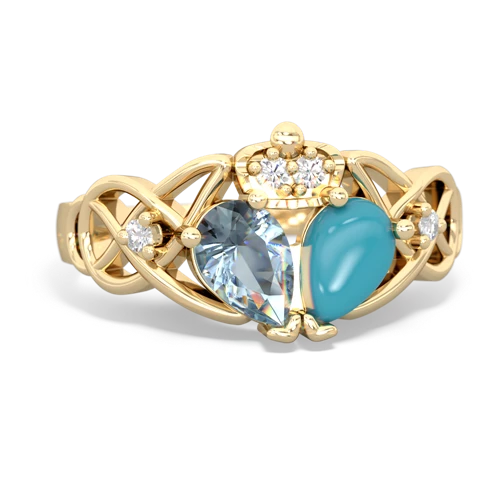

The celtic knot is an ancient symbol of the journey of life. With no beginning and no end, the knot represents the timeless nature of our spirits and the world we live in. A Turquoise celtic knot combines these concepts with the spiritual attributes of the Turquoise . Jade is the stone given in celebration of the 12th, 30th, and 35th anniversaries of marriage. For thousands of years, the stone has been revered in China and other countries throughout the world. A long time favorite of jewelry designers, aquamarine is the birthstone of March. The diamond-like brilliance of an aquamarine ring is sure to attract attention.




